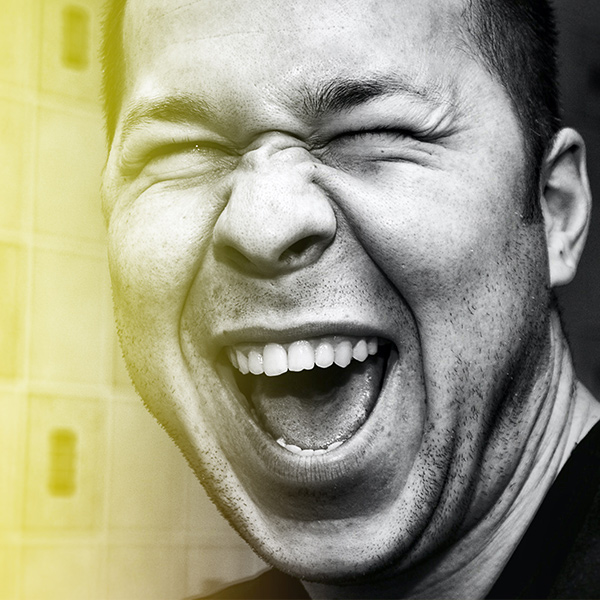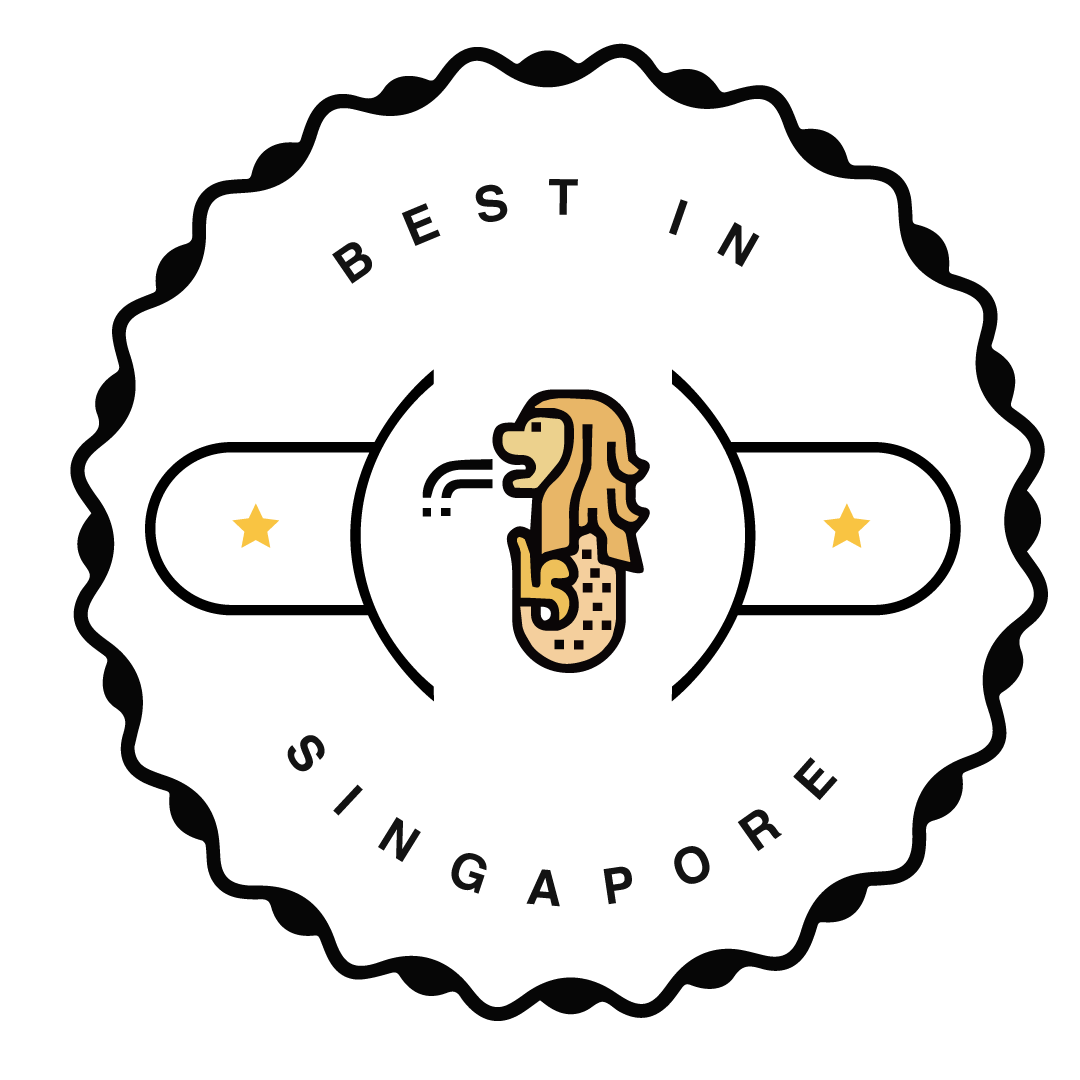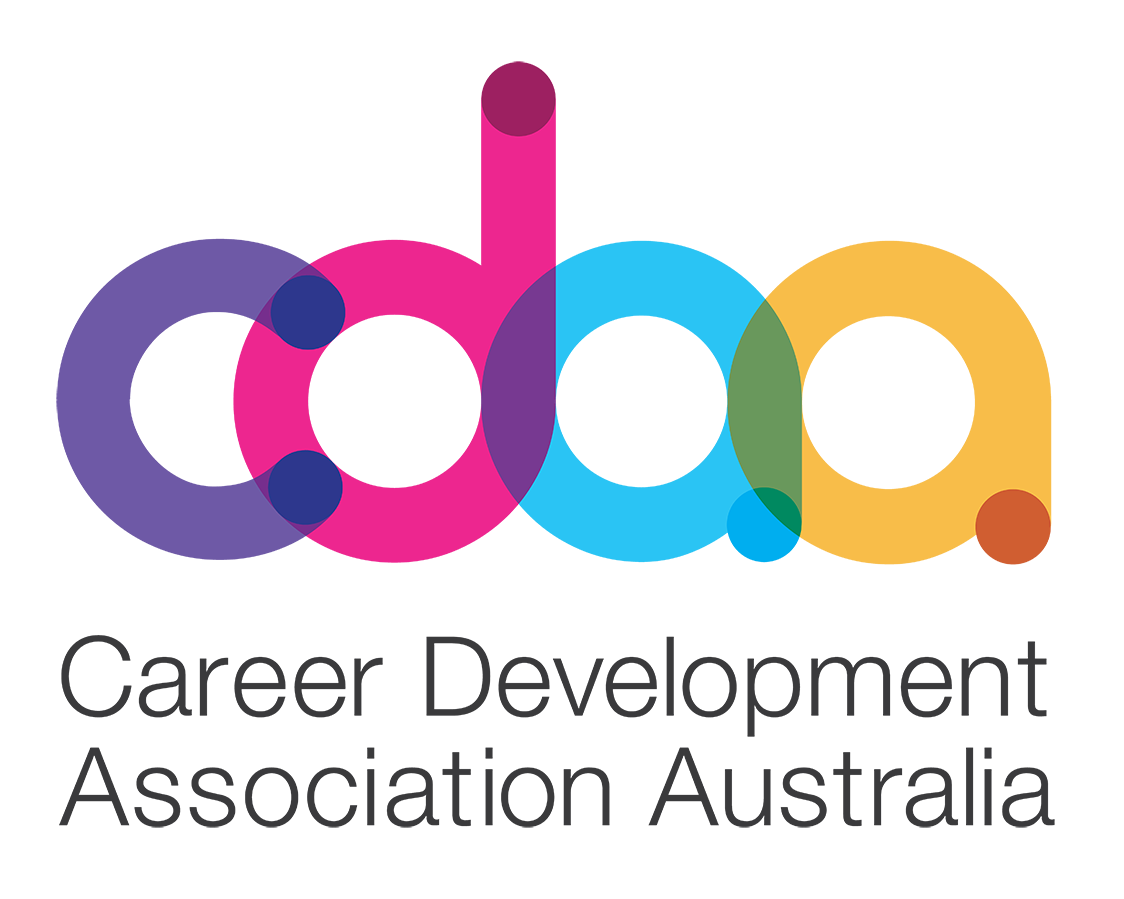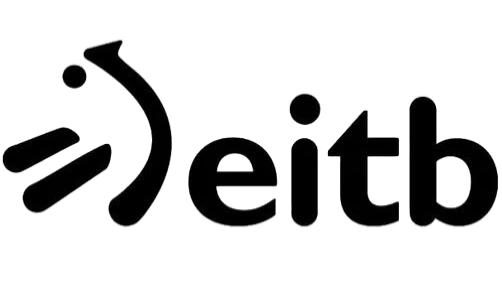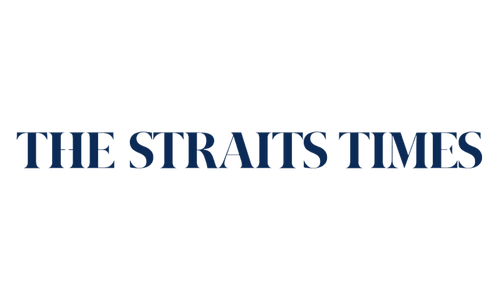The Midlife Career Change: Why It’s Smarter Than You Think

For years we’ve been sold the idea that careers should follow a neat, upward line: pick a field in your 20s, climb steadily, then glide towards retirement.
Yet reality, and the data, tell a richer story. More professionals than ever are pressing pause in their 30s, 40s and 50s, pivoting into work that feels more rewarding, better paid, or simply better aligned with who they’ve become. Far from reckless, a midlife career change can be one of the most strategic moves you make.
According to data from Singapore’s Ministry of Manpower and Australia’s Department of Employment, individuals aged 40+ are among the fastest-growing age groups in new industry sectors, which is proof that it’s happening.
Let’s reframe this moment: you’re not mid-crisis but mid-strategy.
Why a Midlife Career Change Makes More Sense Than You Think
With experience and age comes sharper self-awareness. The more you work, the more likely you’re clearer about your values, strengths, and what drains your energy. You understand what fulfilment really means, and it’s not just a bigger salary or a shinier title.
Here are some common myths:
- “It’s too late.” Actually, your mid-career stage is a sweet spot: rich enough experience, flexible enough to learn anew, young enough to build fresh momentum.
- “Too risky.” All career moves carry risk. But adding experience, stability, and wisdom tilts the odds in your favour.
- “I’ll have to start from scratch.” Not true. A mid-career shift can be layered. Your past is your foundation.
A mid-career shift is about leverage. You’re converting what others see as a risk into what you know is resilience.
The Strategic Advantages of Changing Careers Midway
Deeper Industry Insight
You’ve seen industry cycles, market shifts, and client needs. That hindsight is invaluable when repositioning yourself in a new field.
Stronger Soft Skills & Leadership Maturity
You're no longer the new kid on the block. You know how to manage relationships, lead with empathy, and stay calm under pressure. That matters.
Existing Professional Network
Transferable advice, warm introductions, and referrals. Your decades-long network serves as springboards into your new arena.
Financial Stability (Often)
While not universal, many midlife professionals have saved, own property, or have some financial buffer. That safety net gives you flexibility in timing and options.
These are lived advantages that come with your years of work.

What Midlife Career Changers Actually Bring to the Table
Let’s toss out the idea that switching careers means starting over. What follows is what you actually bring to the table:
- Transferable Skills – Project management, stakeholder engagement, problem-solving. These skills travel.
- Emotional Intelligence – You’ve lived through tensions and triumphs. You know how to read a room, how to listen, how to act with empathy.
- Real Leadership & Resilience – You’ve navigated tight deadlines, difficult bosses, shifting priorities. That grit translates into reliability.
Your career switch is a superpower in disguise. You’ve been in the arena; you know how to win.
Making the Move Without Burning Out
At The Happy Mondays Co., we see midlife pivots succeed when they follow these disciplined steps:
Alignment: Clarify goals, constraints and motivation.
Assessment: Map strengths, transferable skills and market gaps.
Strategy Setting: Pick a target role or sector and define measurable milestones.
With that said, how do you make the change without crashing?
Test Before You Leap
Try freelancing, take on a project, arrange job shadows. A few hours a week can tell you more than months of guesswork.
Talk to People in the New Field
Use LinkedIn, alumni networks, or tea chats. Ask real questions: “What do you do daily? What do you wish you knew beforehand?”
Reskill Smartly
Look into part-time courses from SkillFuture in Singapore and MySkills in Australia. Or invest in coaching that fast-tracks clarity and confidence.
Prepare Emotionally
Imposter syndrome is real. Write down your top 3 strengths. Keep a reminder of past wins. And remember that others feel the same way.
Take It Slow
Don’t cut the safety rope too early. Plan your timing around financial readiness, skill growth, and emotional bandwidth.
Practical Shortcuts & Resources for a Midlife Career Change
- SkillFuture Credit (SG) – Offset course fees in tech, leadership, and more.
- MySkills (AUS) – Personalised support and funding pathways.
- Look for professional meetup events or industry groups. These spark connections and visibility.
- Consider light-touch coaching or career counselling to feel held through the process.
Conclusion: It’s Not Just Smart. It’s Necessary
A midlife career change is your evolution in action. The years you’ve invested in mastering what you do matter. The experiences you’ve had are assets. If your gut is nudging you, lean in. Let it.
Career Coaching – like the support we offer at The Happy Mondays Co – is here to ease the shift, help you explore with confidence, and land well in your next chapter. It’s an invite: What if your next chapter is actually the best one?
You deserve clarity, purpose, and energy in your work, wherever that takes you next. Let’s write that story together.
P.S. Read more on how to heal and harness career mismatches in our blog article on Career Misalignment, which is a great companion read.






